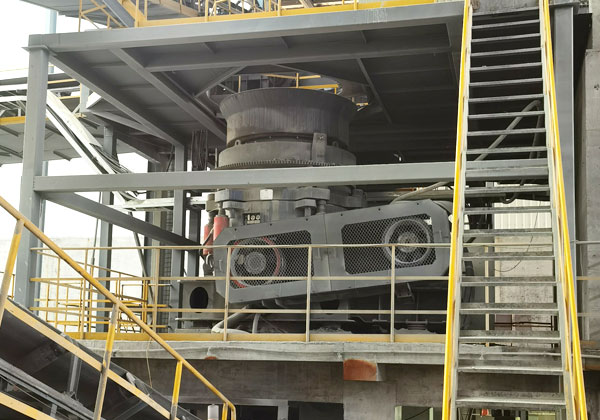A Comprehensive Overview of Crushers
In metal ore processing plants, crushers play a crucial role in the initial stages of the beneficiation process. Their primary function is to reduce the size of raw ore into manageable chunks that can be further processed to extract valuable metals. This document provides a detailed overview of the types of crushers used in metal ore processing plants, their functionalities, and their impact on the overall efficiency of the ore processing.

Types of Crushers in Metal Ore Processing
- Jaw Crushers: Jaw crushers are commonly used for primary crushing in metal ore processing plants. They operate on the principle of compression, where the ore is squeezed between two plates—the stationary jaw and the moving jaw. As the moving jaw moves back and forth, it crushes the ore into smaller pieces. Jaw crushers are known for their high capacity and are capable of handling large ore volumes. They are particularly effective for hard and abrasive ores.
- Cone Crushers: Cone crushers are used for secondary and tertiary crushing. They work on the principle of compression and are designed to crush ore between a moving cone and a fixed cone. The crushing chamber’s shape allows for more precise and controlled reduction of ore size compared to jaw crushers. Cone crushers are suitable for medium to hard ores and provide a high reduction ratio and good product shape.
- Impact Crushers: Impact crushers are employed for primary, secondary, and tertiary crushing in ore processing plants. They use high-speed impact forces to break down ore materials. There are two main types: horizontal shaft impactors (HSIs) and vertical shaft impactors (VSIs). HSIs are typically used for softer ores, while VSIs are more effective for hard and abrasive materials. Impact crushers are known for their ability to produce a cubical product with fewer fines.
Crusher Selection
Choosing the right crusher depends on several factors including the type of ore, the desired product size, and the processing requirements of the plant. For instance, jaw crushers are ideal for large, hard ores, while impact crushers are better suited for softer materials. Cone crushers and gyratory crushers are typically used in stages to achieve the desired product size and ensure efficient processing.
Maintenance and Optimization
Regular maintenance of crushers is crucial to ensure their optimal performance and longevity. This includes checking and replacing wear parts, monitoring operational parameters, and addressing any issues promptly. Additionally, optimizing crusher settings and operation can improve efficiency, reduce energy consumption, and enhance overall plant performance.
